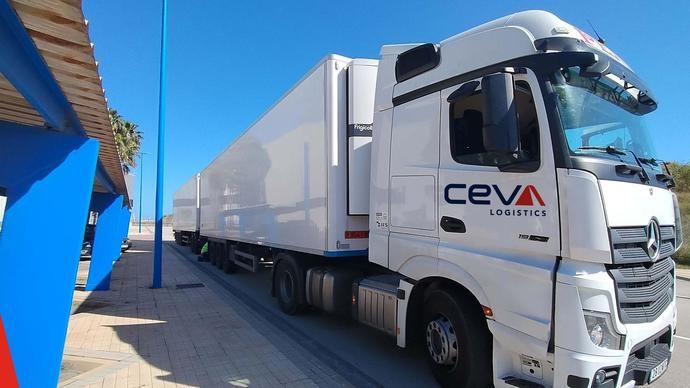According to academics and experts, environmentalists, sustainable transport is the one that by the employment of fuel emissions, reduces environmental impact , promotes energy efficiency and promotes clean mobility.
In this group of sustainable transport in Europe today are public transportation vehicles or low-emissions, such as electric buses, hydrogen or hybrid. And they are also trams and metros in cities like Madrid and Barcelona.
In the set of sustainable transport are also encompassed the mobility or shared micro-mobility, such as bicycles and skateboards electric and Low-Emission as electric and hybrid cars, vans and trucks of hydrogen or electric, for use in urban logistics.
And to support the sustainable transport also appear in the famous lanes for bike, pedestrian streets , the super-apples, like that of Barcelona and the electro lines and fast-charging points.
Companies such as EMT Madrid or TMB Barcelona to renew their fleets with electric vehicles and hybrids, while manufacturers like Irizar export buses to zero-emission, all of Europe. Platforms such as Bicing or Zity demonstrate that the mobility shared is now a reality. However, the challenge remains huge: the Low-Emission Zones (ZBE), mandatory in 2025 for major cities, demanding more infrastructure and awareness.
The change began with the international agreements of the 1997 Kyoto Protocol and the Paris Agreement of 2015, but it was the european pressure and the climate crisis have accelerated the transformation. Spain, where the transport represents the main source of emissions with 30% of the total, could not wait. Laws such as the Climate Change (2021) and plans as the MOVES III now flagged the way, though challenges remain, such as the lack of charging points.
Health and the economy is also driving the green revolution. Air pollution causes thousands of premature deaths in Europe, and cities like Madrid or Barcelona have failed repeatedly the legal limits. In addition, to reduce the dependency on oil as Spain imports 70% of its energy, is key to the strategic autonomy. The electrification is not just ecology: is savings and resilience.
The future lies in innovation and integration. Green corridors for goods —combining train and electric transportation last mile— and the hydrogen long distances are the next frontiers, say the texts consulted. But success will depend on citizens, businesses and institutions to channel their objectives in the same direction. As an expert in mobility: ‘there is No plan B, and there is also no plan B to decarbonise the transport’.
The message is clear: sustainability is not an add-on, but the heart of the mobility. Spain goes on but the pace needs to be accelerated point to the scholars of the problem. Each bike, every electric bus and each pedestrian street are pieces of a chess that defines how they will live and respiraran morning the cities.
A detail , Madrid today is moving more green.
The blue sky today looks on the Plaza de Cibeles is no coincidence: Madrid has been reduced by 35% the contamination at the facility since 2018. What about the key? A quiet revolution in mobility that combines constraints, technology and behavior change.
There is less traffic in the heart of the city, the locals meet the standards, then multiple polemices, grows the electrical transport and the hydrogen, there are more bikes, carrieles to the bike, there are more sidewalks and more pedestrian.
However, it is still not enough charging points, and many areas are occupied by parking of vehicles, while also aims to completely change the energy matrix of the metro.
The goal is that Madrid will reduce 50 percent of transportation emissions by 2030, a long way, whose foundations are already laid. So say the locals.
Have any thoughts?
Share your reaction or leave a quick response — we’d love to hear what you think!





